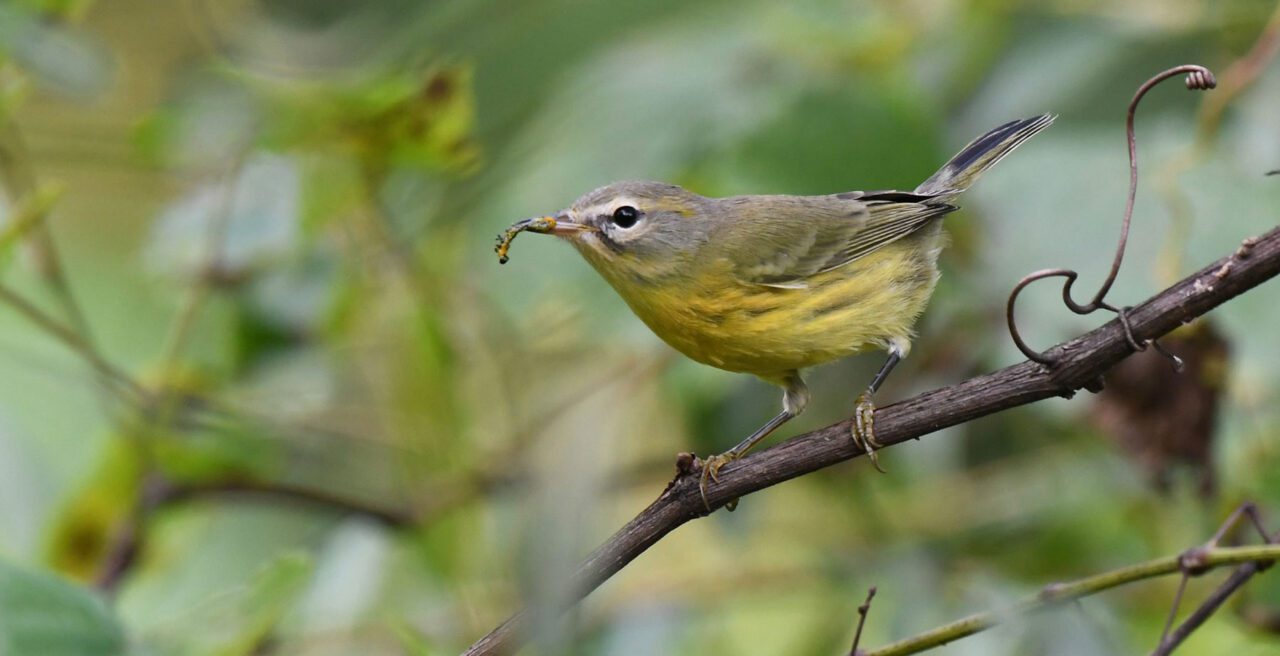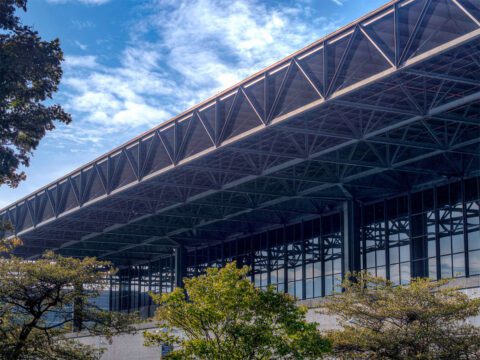Research: Protect Half the Planet, Get Nearly All of Nature’s Rewards
April 1, 2024From the Spring 2024 issue of Living Bird magazine. Subscribe now.
New research indicates that strategically safeguarding just under half of Earth’s land could maintain nearly all of nature’s contributions to people—like water quality, food, flood protection, and carbon storage—while also meeting the needs of tens of thousands of animal species from birds to mammals to reptiles. However, only 18% of those critical landscapes are currently protected, and more than a third of these lands are at high risk for development.
Ecologist Rachel Neugarten, lead author of the research published in January in Nature Communications, says these areas warrant particular attention as the world scrambles to meet biodiversity and climate change targets.
“Biodiversity, climate, and sustainable development cannot be considered in isolation,” she says. Neugarten, who received her PhD from Cornell University and is now the executive director of conservation planning at the Wildlife Conservation Society, says that conservation and sustainability efforts should factor in “how much nature you need to maintain healthy fisheries, pollination services for agriculture, flood mitigation, coastal protection, etcetera. All the things that people rely on.”
A key outcome of the research was a map showing areas—such as mangroves, forests, grasslands, and shrublands—where biodiversity, nature’s contributions to people, and probable future development overlap. One area of intersection that stood out in North America was the Southeast, especially the peaks, valleys, and foothills of the Southern Appalachians.
The Southern Appalachians are known for freshwater biological diversity, hosting globally significant concentrations of fish, crayfish, mussels, and salamanders. The region is also home to important populations of Golden-winged Warbler, Bachman’s Sparrow, and Prairie Warbler—all three listed as Tipping Point species in the 2022 State of the Birds report. According to the Highland Biological Station, the Southern Appalachians contain more than 10,000 documented species of animals, plants, and fungi—making it one of the most biodiverse temperate regions on the planet.

The region also delivers important ecosystem services for people, says Neugarten: “Everything from carbon [storage], agriculture, timber, water quality, even flood protection … the forests soak up water when there is too much, and release it when there is too little.”
Neugarten and her team were surprised to find that renewable energy development, such as solar and wind farms, are poised to affect more land globally via development than any other type of potential use.
“We tend to think of agriculture as the biggest driver of habitat conversion and degradation, which is true historically, but going forward it’s likely to be renewable energy,” she says, “because the places that are highly suitable for renewable energy haven’t yet been converted.
“Renewable energy is absolutely critical for combating climate change, but if we’re not careful, that can potentially conflict with our conservation goals.”
Neugarten says innovative projects are showing how to maximize benefits in different ways, such as a solar array in Minnesota where pollinator habitat under solar panels is also helping to manage stormwater.
Amanda Rodewald, a coauthor of the research and senior director of the Cornell Lab of Ornithology’s Center for Avian Population Studies, says that these kinds of projects show renewable energy projects can be carefully planned to maintain nature’s benefits to people and help conserve biodiversity.
“With limited resources available to address climate change, biodiversity loss, poverty, and water insecurity, we must be strategic and creative and find ways to tackle more than one challenge at a time,” Rodewald says.

All About Birds
is a free resource
Available for everyone,
funded by donors like you
American Kestrel by Blair Dudeck / Macaulay Library















